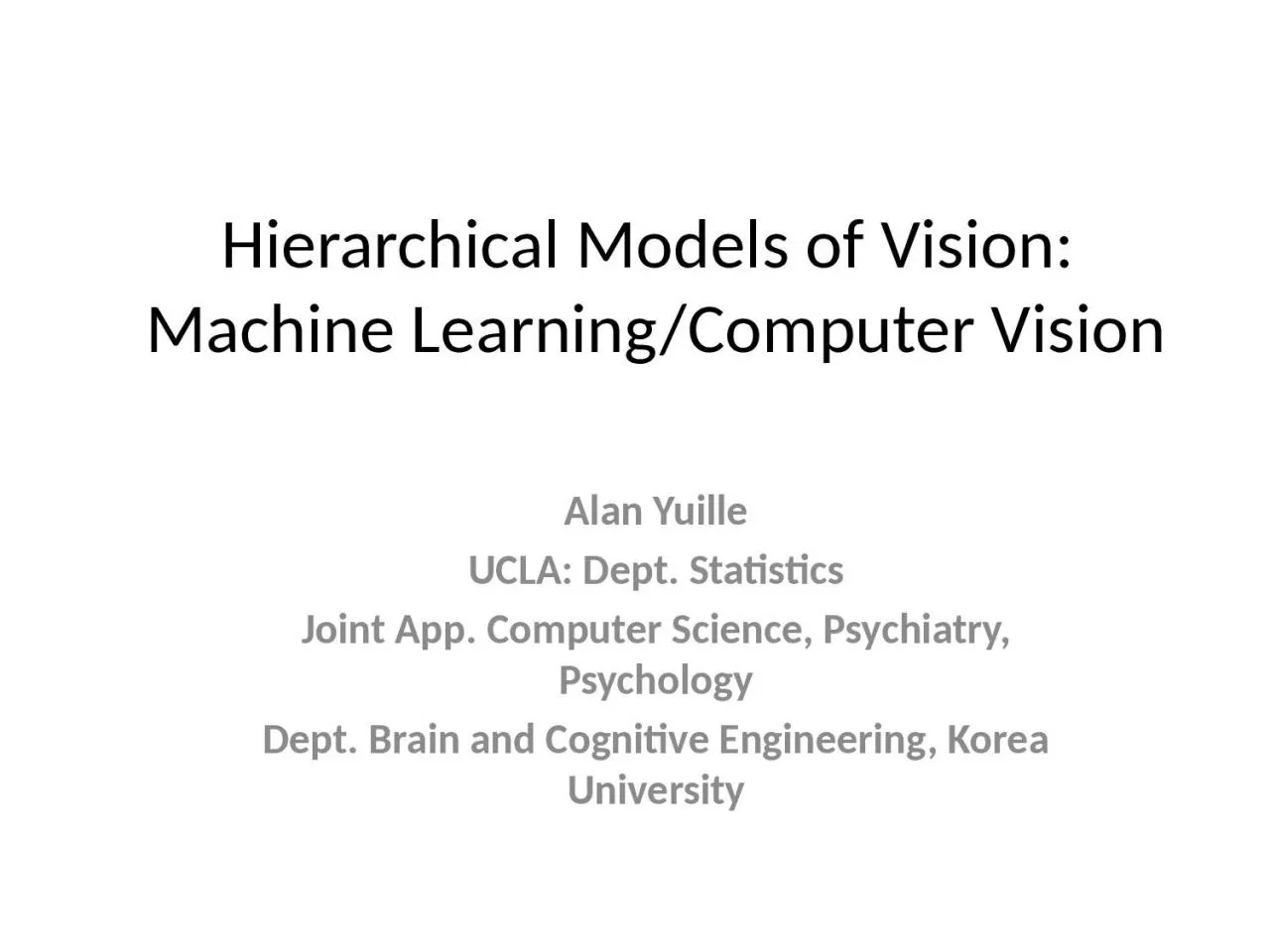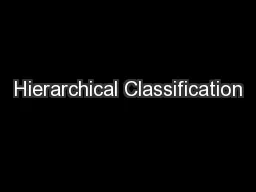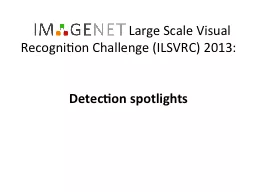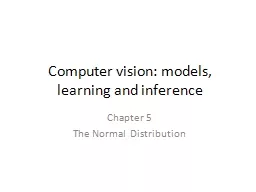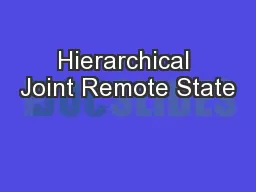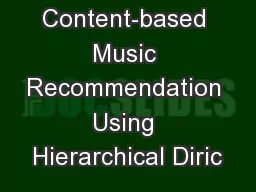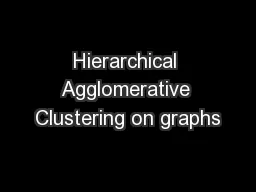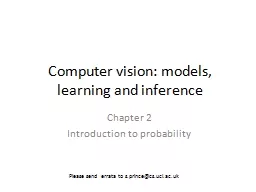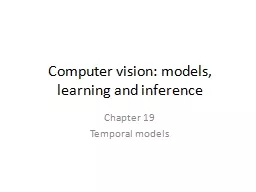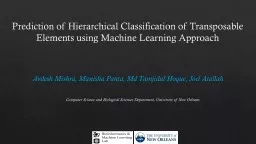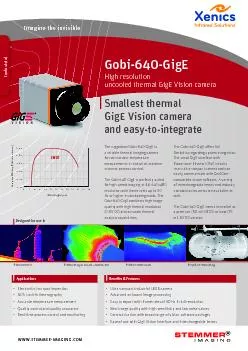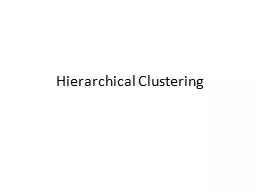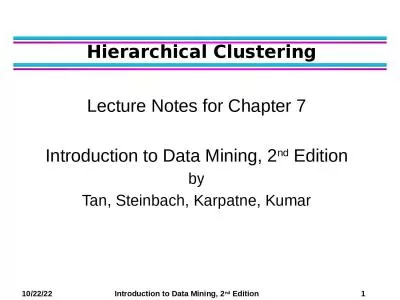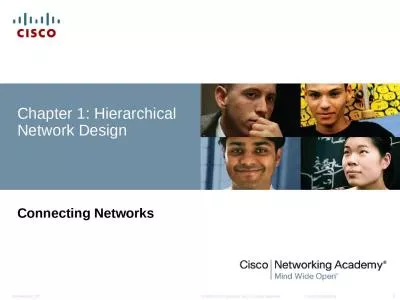PPT-Hierarchical Models of Vision:
Author : davis | Published Date : 2022-07-01
Machine LearningComputer Vision Alan Yuille UCLA Dept Statistics Joint App Computer Science Psychiatry Psychology Dept Brain and Cognitive Engineering Korea University
Presentation Embed Code
Download Presentation
Download Presentation The PPT/PDF document "Hierarchical Models of Vision:" is the property of its rightful owner. Permission is granted to download and print the materials on this website for personal, non-commercial use only, and to display it on your personal computer provided you do not modify the materials and that you retain all copyright notices contained in the materials. By downloading content from our website, you accept the terms of this agreement.
Hierarchical Models of Vision:: Transcript
Download Rules Of Document
"Hierarchical Models of Vision:"The content belongs to its owner. You may download and print it for personal use, without modification, and keep all copyright notices. By downloading, you agree to these terms.
Related Documents

